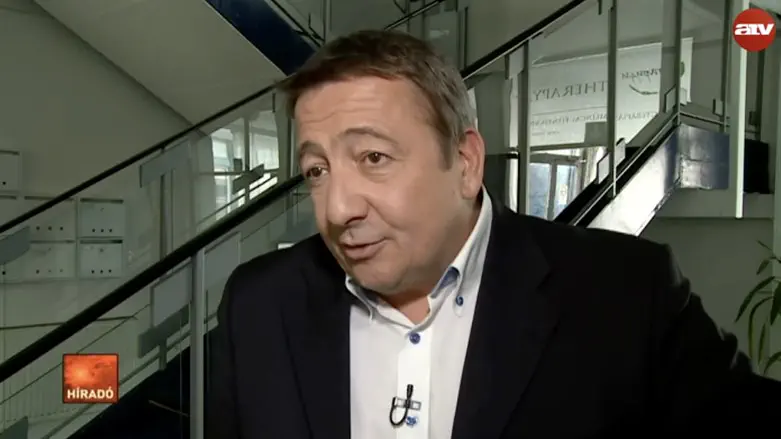Government cuts mean price rises for basic foods. Now people are back on the streets in a protest that threatens the regime of Ebrahim Raisi

Ebrahim Raisi supporters campaigning in Tehran for 2017 presidential election.
A new wave of protests in Iran is shaking his regime.
Thousands of people have protested and struck in towns, cities and villages across Iran after the government hiked basic food prices. Iranian security forces attacked some protests with teargas and live ammunition—reportedly killing six people.
Protests began after Iran’s government announced last month that it would cut and end subsidies for wheat and flower, calling it “necessary economic surgery.” The move caused prices to rise by up to 300 percent for some flour based food staples such as bread and pasta, in a country where half of the 85 million population lives in poverty.
The government blamed the global wheat crisis sparked by the war in Ukraine. It’s the latest blow against ordinary people in Iran’s long-running economic crisis caused by US-imposed economic sanctions, and free market policies imposed by successive governments.
Ahmed Reza, a taxi driver who works ten hour days, told the Middle East Eye website, “This is not an economic surgery—it is called choking people. What kind of surgery is this that people can’t even have cheap food? Surgery usually makes people survive and feel great again. But the government’s economic surgery is killing us.”
And Soroush, a delivery worker, said he had begun cutting out certain foods four years ago, after then-US president Donald Trump imposed sanctions. “I have to eat lunch outside at noon because of my job. Until four years ago I was able to buy chicken or kebabs,” he said. But the sanctions “made me ignore chicken or kebab and purchase pasta or even cookies instead. “Right now I can’t even have these as both pasta and cookie prices have skyrocketed. I don’t know what the hell I should do.”
Thousands of people have taken part in protests for more than two weeks, in mostly western and central provinces. Protesters aimed their anger at the government led by conservative “hardliner” Ebrahim Raisi. They chanted, “Raisi should be ashamed and leave the country alone,” and “Down with rising food prices.”
Bus drivers also struck in the capital Tehran for several days from 15 May, demanding a 57 percent increase in salaries. They also demanded the city’s mayor resign. There have been a number of protest movements and strikes in Iran over poverty and the rising cost of living since 2018. Then, huge protests took on the government over poverty, unemployment and government corruption.
Now the government is worried there could be yet another major wave of resistance.
An unnamed Iranian sociologist told Middle East Eye, “People have no way except to rise up because they do not have enough income or savings. These protests are driven by economic hardship rather than political opposition. The protesters are hungry.
“If we don’t listen to the loud voice of the people now, and think that we can end these protests by imprisoning and detaining a few people, I must say it will be the fire under the ashes, and it will be ignited in another place and another situation. When a society reaches the phase of explosion, no one will be able to control it.











